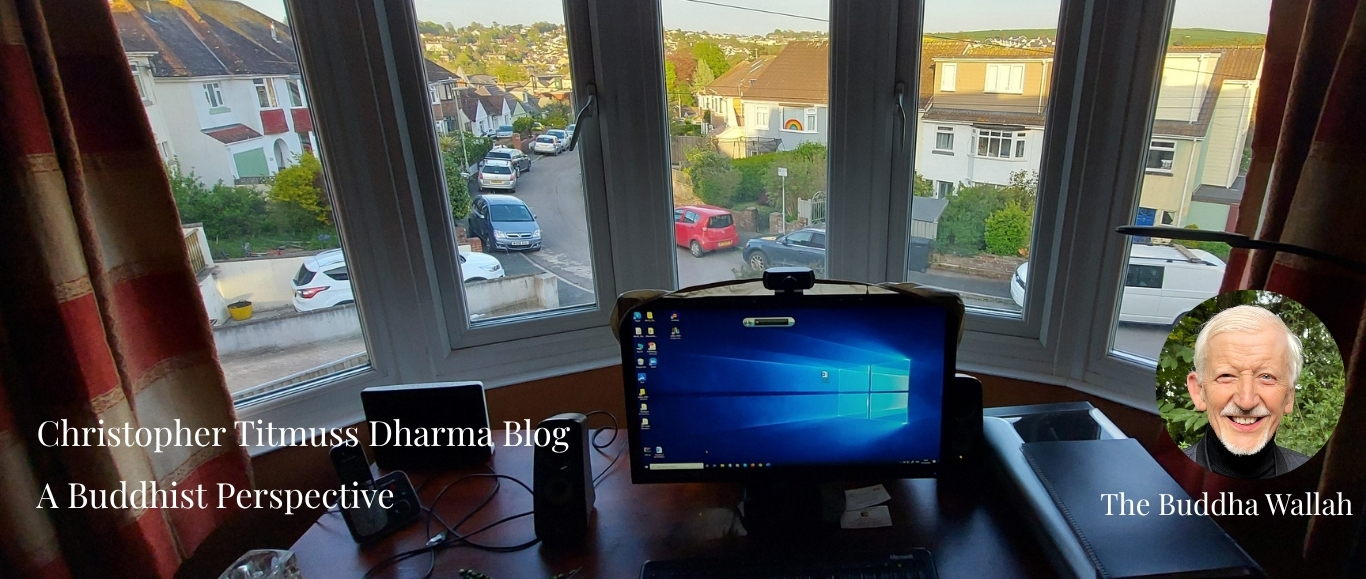We can reflect on mindfulness and appreciate a diversity of ways to define mindfulness.
Here are 30 definitions.
If a one, two or a handful of ways resonate, it might be worthwhile to remember (be mindful of) those that currently resonate.
In Alphabetical Order):
- A clear intention gives support to mindfulness to inquire and change situations, inner and outer, personal and institutional.
- Mindful sees clearly the present and our direction.
- Mindfulness applies equally to being and doing.
- Mindfulness becomes a meditation through practice
- Mindfulness can safeguard us from accidents, mistakes and reactivity
- Mindfulness contributes to inner steadiness when faced with difficulties.
- Mindfulness develops receptivity to seeing, hearing, smelling, tasting and touching.
- Mindfulness embraces the general and the specific, the bigger picture and the detail.
- Mindfulness examines intention, action and result. Mindfulness responds to what is.
- Mindfulness has no self-existence but depends on causes and conditions
- Mindfulness includes the art of total listening to discern what is valuable and insightful.
- Mindfulness is a limb in the body of total awakening including deep meditation.
- Mindfulness is a mental faculty and a power of mind to develop.
- Mindfulness is a tool to transform self-centred pursuit of pleasure, negativity and fear.
- Mindfulness makes wise judgements and prevents the manipulation of our attention.
- Mindfulness of others’ contribution develops and expresses appreciation and gratitude.
- Mindfulness of the past, the present and the future matter.
- Mindfulness refers to four applications, body, feelings-emotions, states of mind and Dharma.
- Mindfulness refers to our capacity to see clearly what is happening.
- Mindfulness reveals a clear comprehension of change, initiated or not.
- Mindfulness reveals what is common between self and others.
- Mindfulness saves falling prey to selfish desire, exploitation and indifference.
- Mindfulness serves as an important step towards overcoming grief, despair and pain.
- Mindfulness shows a genuine sense of responsibility for what we know.
- Mindfulness with inquiry examines causes and conditions for suffering.
- Mindfulness works to reduce stress, anxiety and physical pain.
- Mindfulness, awareness or clear attention can mean inter-changeable concepts.
- The Buddha distinguished right (conduce, fulfilling) mindfulness from harmful mindfulness (e.g. the burglar in the night).
- The Buddha said: “Mindfulness is applied to the extent necessary in order to abide without needing to lean on anything in the world” – either inwardly or outwardly.
- The liberating ones, who know the timeless, live a mindful and caring way of life.

